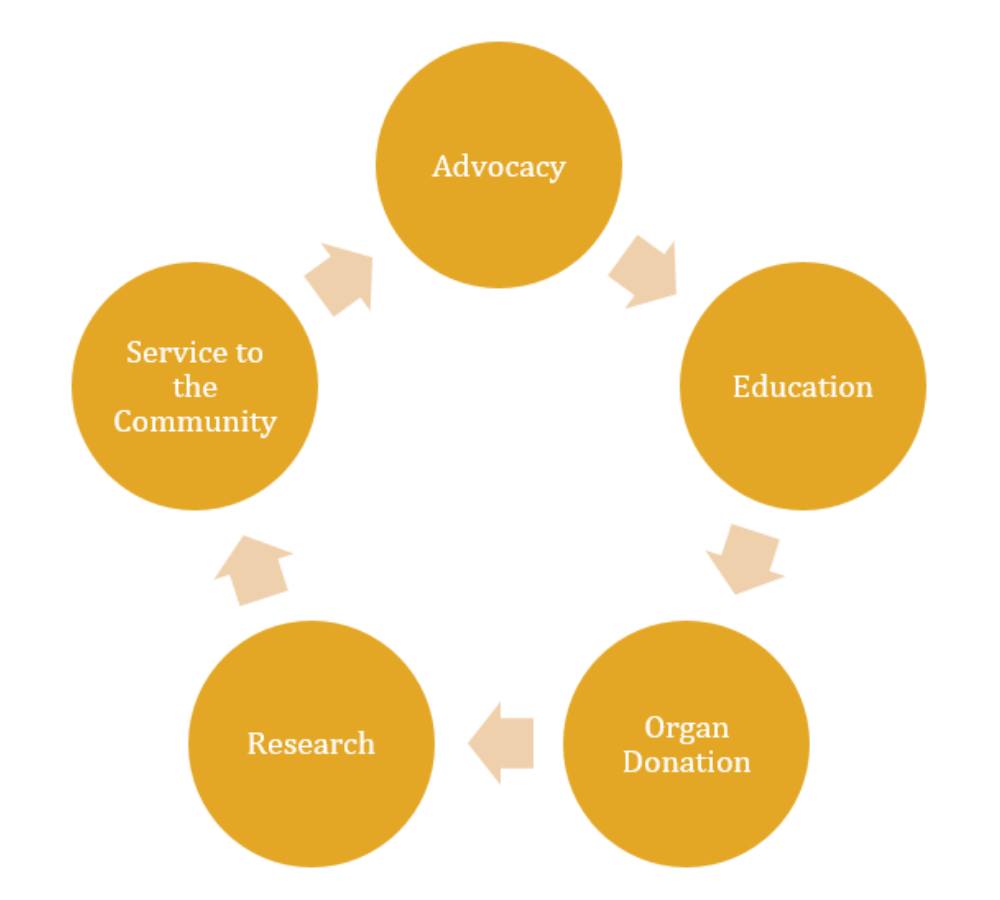Who We Are
The American Society of Transplantation is a diverse organization dedicated to advancing the field of transplantation and improving patient care by promoting research, education, advocacy, organ donation, and service to the community through a lens of equity and inclusion

The history of the AST starts in 1981, when its charter members met and decided a separate society should be organized for transplant physicians. The American Society of Transplant Physicians (ASTP) was founded on May 10, 1982, and open to all physicians and health professionals interested in transplant medicine and biology. In 1998, the ASTP name was changed to the American Society of Transplantation (AST). Today, we are a growing and diverse organization of more than 4,200 members representing all areas of the field of organ transplantation and donation. In 2018, the Society grew, incorporating patient voice into its efforts through the evolution of its public facing Power2Save campaign. As we look to the future, our vision is bold and aspirational. While our 5 pillars remain the same, it is important that we plan a deliberate roadmap for the future.
Strategic Aims
Continuous Innovation
We will advance and promote continuous support for innovation in treatment of patients with advanced organ dysfunction/end-stage organ failure and care of living donors.
Engaging Members
We will maximize engagement from the majority of our members to ensure they are actively participating in, contributing to, and finding value in AST programs and initiatives.
Serving our Patients and the broader Society
We will ensure that the AST is regarded as a leading voice on organ transplantation-related topics for the benefit of patients worldwide.
Developing the Workforce
We will enable the development of an increasing number of diverse, qualified transplant professionals and scientists that are advancing the field of transplantation and improving patient outcomes as demand increases.
A Future-enabled AST
We will ensure a robust infrastructure for the AST so that we have the resources to appropriately support and enable our future efforts and programs.
